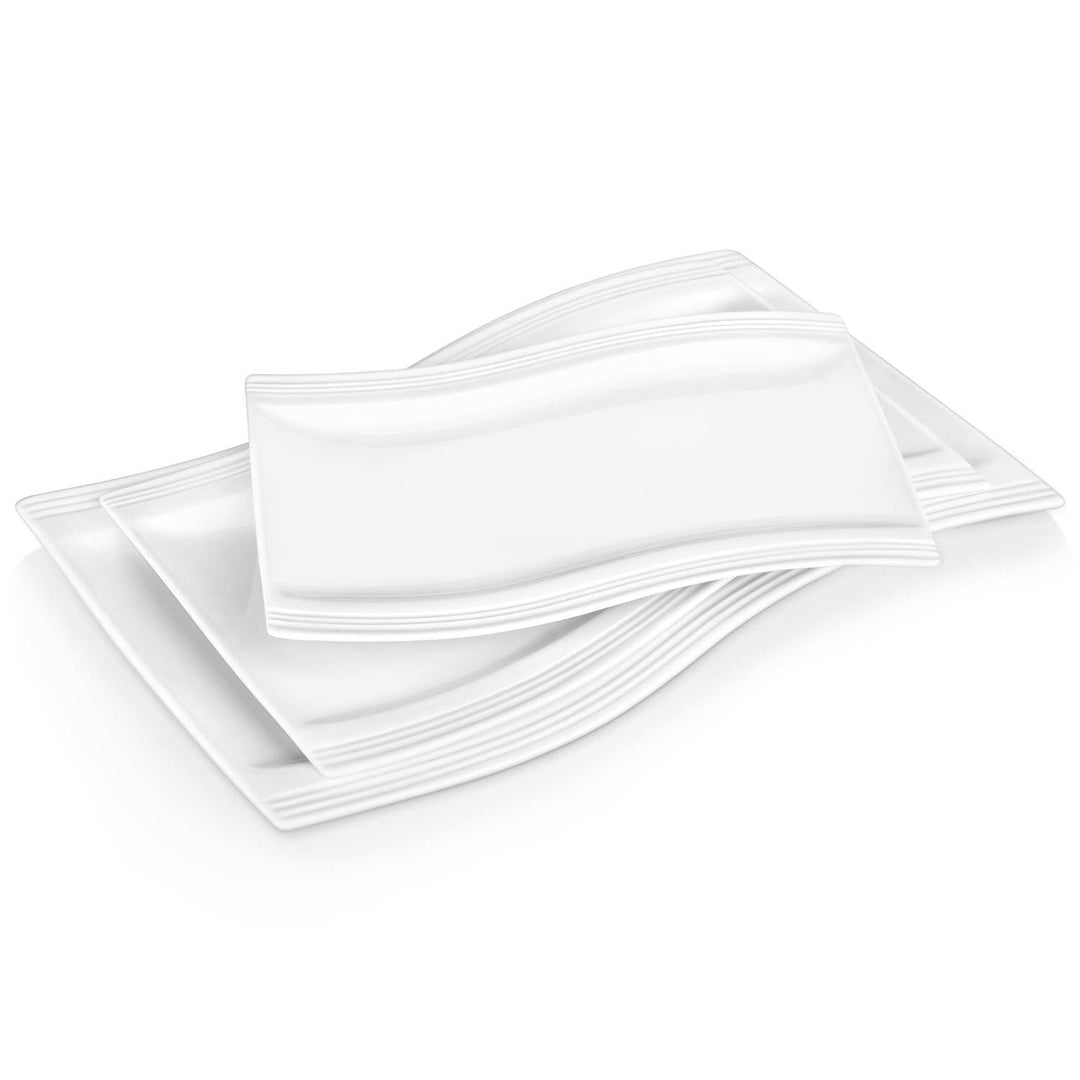Earthenware dishes have captivated artisans and consumers alike for centuries. These versatile and durable pieces of tableware are not only functional but also serve as a canvas for artistic expression. In this article, we will delve into the history, craftsmanship, and unique characteristics of earthenware dishes, providing a comprehensive understanding of their significance in the world of tableware.

Understanding Earthenware Dishes
What exactly are earthenware dishes? Earthenware is a type of pottery made from clay that is fired at relatively low temperatures, typically between 1,830°F and 2,100°F (1,000°C to 1,150°C). This process results in a porous and opaque material that is often glazed to enhance its aesthetic appeal and functionality. The unique properties of earthenware make it an ideal choice for various culinary applications.
Historical Significance of Earthenware
The history of earthenware dishes dates back thousands of years. Archaeological evidence suggests that the earliest forms of earthenware were created in ancient civilizations such as Mesopotamia and China. These dishes were used for cooking, serving, and storage, showcasing the practicality of earthenware in daily life.
- In ancient Rome, earthenware was commonly used for household items.
- During the Middle Ages, earthenware dishes became popular in Europe, often adorned with intricate designs.
- Today, earthenware continues to be a staple in kitchens around the world, appreciated for its rustic charm.
Craftsmanship Behind Earthenware Dishes
The craftsmanship involved in creating earthenware dishes is truly an art form. Skilled artisans shape the clay by hand or using a potter's wheel, ensuring that each piece is unique. After shaping, the dishes are dried and then fired in a kiln. This firing process not only hardens the clay but also allows for the application of glazes, which can vary in color and texture.
Would you like to know more about the different types of glazes used in earthenware? Glazes can be matte or glossy, and they can also be colored or clear, allowing for endless design possibilities. The choice of glaze significantly impacts the final appearance of the earthenware dishes.
Benefits of Using Earthenware Dishes
Why should you consider incorporating earthenware dishes into your dining experience? Here are some compelling reasons:
- Durability: Earthenware is robust and can withstand everyday use.
- Versatility: These dishes are suitable for both cooking and serving, making them a practical addition to any kitchen.
- Artistic Appeal: The unique designs and colors of earthenware dishes can enhance the aesthetic of your dining table.
- Natural Materials: Made from natural clay, earthenware is an eco-friendly choice for tableware.
Where to Find Quality Earthenware Dishes
If you are looking to add beautiful earthenware dishes to your collection, consider exploring options available at  . They offer a wide range of serveware that showcases the artistry and functionality of earthenware.
. They offer a wide range of serveware that showcases the artistry and functionality of earthenware.
Conclusion
In conclusion, earthenware dishes are more than just functional items; they are a testament to the rich history and craftsmanship that has evolved over centuries. By understanding their significance and benefits, you can appreciate the artistry behind these timeless pieces of tableware. Whether for everyday use or special occasions, earthenware dishes can elevate your dining experience.








